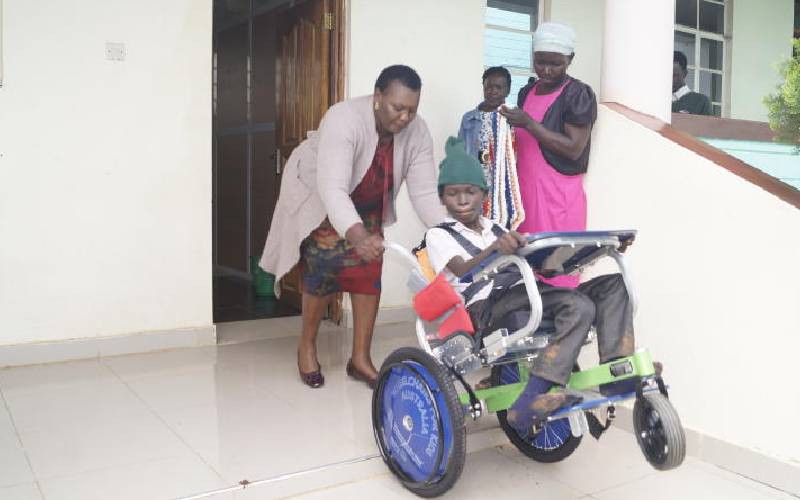Tracking Networking Success at Your Event
Networking events are some of the best opportunities to connect with potential clients, partners, influencers, and industry peers. Whether you’re hosting a small gathering or a large conference, these events can be powerful tools for expanding your reach and building relationships.
But how do you know if your efforts are actually paying off? You don’t want to walk away from your event unsure about whether you made valuable connections or whether your networking strategy was successful.
To get a real sense of how your event performed, it’s essential to track specific metrics and key performance indicators (KPIs) that align with your event goals. If you’re hosting your networking event in a bustling city like Chicago, where event spaces are numerous and highly competitive, measuring the success of an event space in Chicago becomes even more important.
In this article, we’ll go over some of the most important KPIs to monitor during and after your networking event to ensure that you’re not only connecting with the right people, but that your event delivers tangible results.
Before you start tracking your networking success, it’s important to define what success looks like for you. Are you aiming to secure new business partnerships, build your social media presence, or simply make valuable connections in your industry?
Setting clear goals will help you identify the right KPIs to measure and will give you a benchmark to compare your actual results against.
For example, if your goal is to build relationships with new potential clients, your KPIs will focus on the number of meaningful conversations or introductions you had with individuals who fit that target audience. If your goal is to grow your brand awareness, your KPIs might be related to the number of people who signed up for your newsletter or followed your social media accounts.
Once you have clear goals, you can tailor your KPIs to measure whether you achieved those objectives and how to improve future networking events.
One of the most straightforward ways to track networking success is by counting the number of new connections made during the event. This could be the number of people you meet or how many people join your contact list (whether it’s through exchanging business cards, connecting on LinkedIn, or subscribing to your email list).
For in-person events like those held in an event space in Chicago, make sure you have a system in place to track these connections.
A good approach might be to have attendees sign up for a digital guest list upon arrival or provide them with a simple form where they can record details about the people they meet. These connections can then be reviewed post-event to measure how many new relationships were formed.
Keep in mind, it’s not just about the number of people you meet, but the quality of those connections. Did you connect with people who are aligned with your industry or business goals? These are the kinds of relationships that will pay off in the long run.

While meeting new people is important, the depth of your interactions is what truly matters. After all, you want to form meaningful connections, not just collect business cards. To track how well you’re engaging with attendees, look at the quality of conversations and interactions.
A good way to track engagement is by using event apps or software that can capture interaction data. For instance, some networking apps allow participants to message each other, set up meetings, or even “like” or “bookmark” profiles. You can track how many people interacted with your profile or engaged with your content (such as by downloading your resources or signing up for follow-up sessions).
For in-person events, you can simply keep track of the number of meaningful conversations you’ve had. Did your conversations move beyond a casual exchange and focus on business opportunities, advice, or collaboration? Were these conversations memorable, and did they lead to further connections?
One of the biggest indicators of networking success is what happens after the event. The connections you made are only valuable if you continue to nurture them afterward. This is where follow-up actions come into play. Your ability to convert initial interactions into ongoing relationships is a key KPI to track.
Consider the number of people who followed up with you after the event. Did attendees email you or connect on LinkedIn? Did they express interest in collaborating or learning more about your business? Keeping track of these follow-up actions gives you insight into how successful the networking was in terms of converting casual conversations into tangible opportunities.
To make follow-ups easier, set up an automated system to send thank-you emails to all your new connections. This helps you stay top-of-mind and opens the door for further discussions.
One of the most significant KPIs for a networking event is the number of leads or opportunities generated from the event. If your goal is to generate new business or partnerships, you’ll need to assess how many of your connections have turned into actual leads.
This could be measured in various ways, depending on your industry. For example, if you’re hosting a B2B networking event, you might track how many attendees requested meetings to discuss potential partnerships or collaborations.
For a sales-driven event, you might measure how many new leads were added to your sales pipeline or how many attendees expressed interest in purchasing your product or service.
A key component here is tracking the conversion rate. For instance, out of the total number of leads generated, how many of them eventually converted into sales or partnerships? This is a critical KPI that speaks directly to the return on investment (ROI) of your event.
In today’s digital age, social media plays a massive role in networking events. Tracking the social media activity surrounding your event can give you valuable insight into how engaged attendees are with your brand. Look for metrics like event hashtag usage, social media mentions, posts, and shares.
Encourage attendees to share their experiences and tag your event or brand during the event. You can track how many posts used your event’s hashtag or how many people followed your event’s social media accounts. This provides a measurable way to track brand awareness and engagement.
You can also track online engagement by checking how many attendees signed up for online content, newsletters, or webinars after the event.
If your event content is accessible online, track how many people downloaded materials or watched recorded sessions. This will give you insight into how your event resonated beyond the live experience.
Finally, one of the most effective ways to measure the success of your event’s networking efforts is by gathering feedback from attendees. Send out post-event surveys to ask questions like:
This qualitative data will give you firsthand insights into how well your networking strategies worked and where improvements can be made.
Tracking the success of your networking activities is essential to understanding the impact of your event. By monitoring key performance indicators such as new connections, engagement, follow-up actions, leads, social media activity, and attendee feedback, you’ll have a clear picture of how your event performed and where improvements can be made for future events.
Networking isn’t just about collecting business cards or shaking hands—it’s about creating meaningful relationships that will lead to lasting opportunities. With the right KPIs in place, you can ensure that your networking efforts are not only effective but also measurable.










